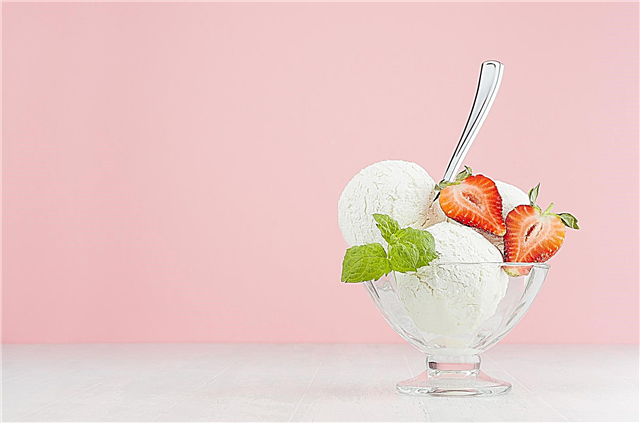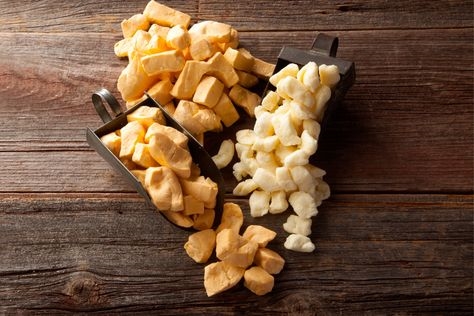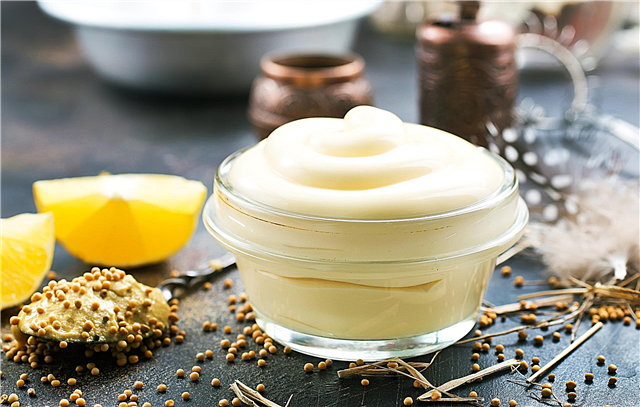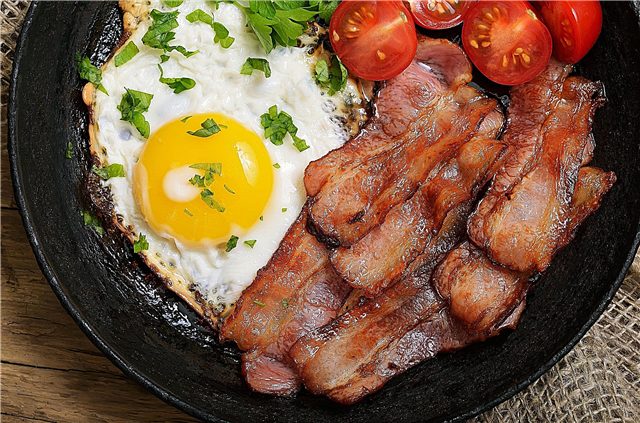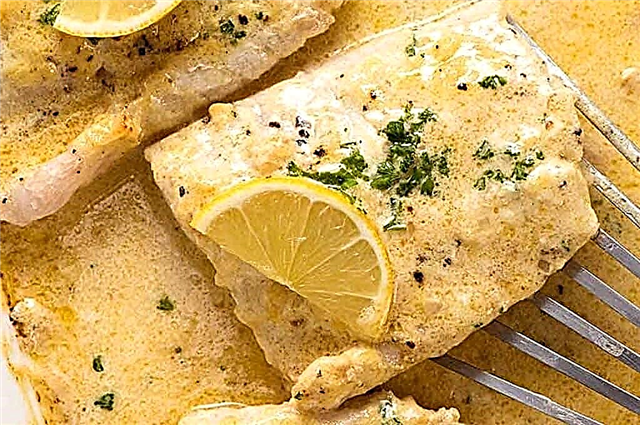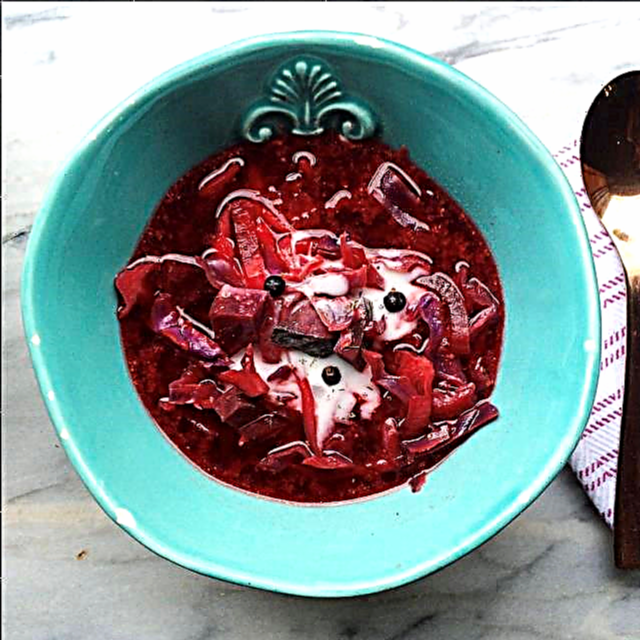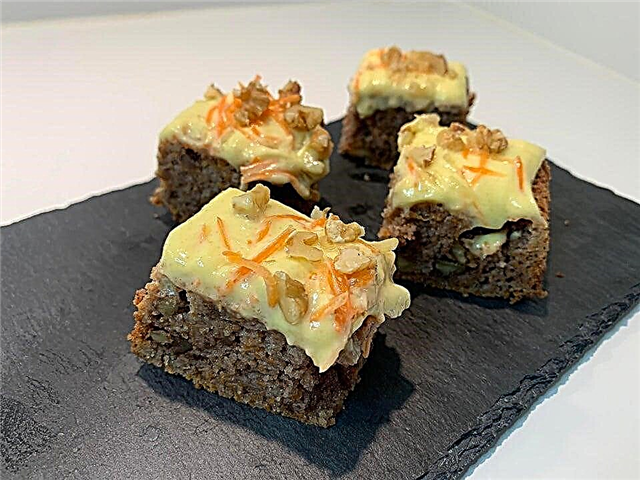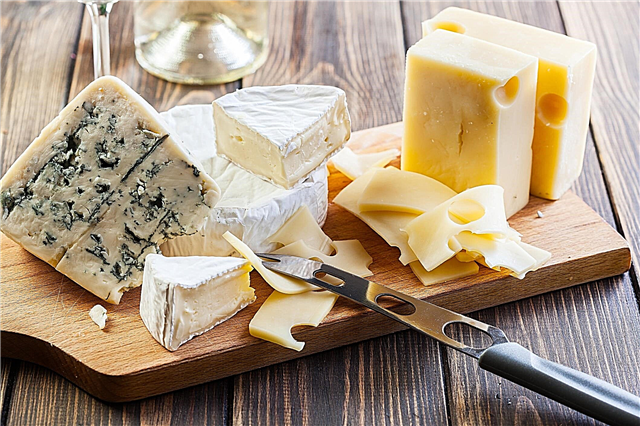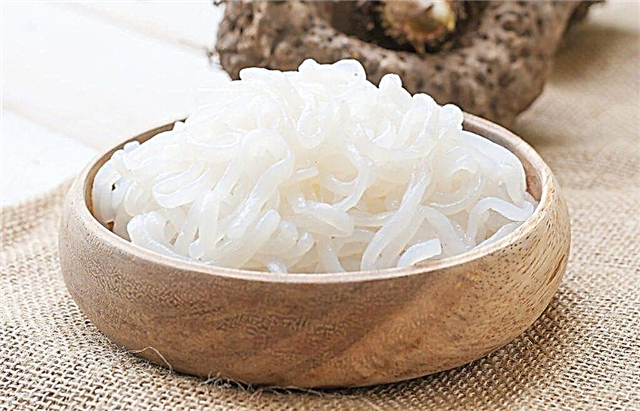Shirataki noodles - also known as miracle noodles, Glucomannan noodles or konnyaku noodles are a gelatinous and translucent traditional Japanese noodles common in Asian cuisine. It is made from the plant Amorphophallus Cognac, which is crushed and molded into various types of pasta and rice - but don't be fooled, these noodles are completely different from carbohydrate-laden foods.
Nutritional value of Shirataki noodles
Shirataki noodles are virtually calorie and carbohydrate-free, making them ideal for any diet, especially ketogenic ones. It contains 97% water, 3% fiber and includes protein, fat and calcium.
More specifically, for every 100 grams of shirataki, there are 4 calories and about 1 gram of net carbs. At first glance, it might seem that these noodles have no health benefits at all. However, the fact that it contains virtually no calories and micronutrients does not mean that shirataki lacks other health-promoting ingredients. Perhaps the best news is that it gives us a unique type of fiber that is rarely found in Western diets.
Benefit for health

Research has shown that glucomannan, a soluble fiber found in 40% of the dry weight of the horse plant, has many properties that can help us lose weight and improve our health. Here are some examples of what this fiber can do for us:
- Glucomannan has been shown to promote satiety.
- It affects several important risk factors for heart disease, including total cholesterol, LDL cholesterol, triglycerides, and fasting blood sugar.
- Glucomannan improves gut health by feeding friendly gut bacteria.
- Reduces absorption of carbohydrates, fat and protein (only useful for people who overeat).
One important caveat, however, is that glucomannan expands rapidly and, when in water, can absorb up to 50 times its weight. It can help make you feel full, but it can also cause digestive problems.
Side effects of consuming glucomannan from Shirataki noodles
In a critical review of glucomannan research, the authors reviewed the current literature on side effects and this is what they found:
- Glucomannan can cause bloating, gas, and mild diarrhea.
- It can decrease the bioavailability of oral medications and supplements.
However, keep in mind that these are the side effects of glucomannan and not shirataki noodles. At the time of consumption, it will already contain some water and sauce, so you probably won't experience any of the problems described above.
But that doesn't mean you should make shirataki noodles a staple of your keto diet. It has practically no nutritional value. The bulk of your meals should be low in carbohydrate fats, meats, and vegetables. (For a more detailed explanation of what you should eat on keto, check out
our list of keto foods).
How to add Shirataki noodles to your ketogenic diet
 Before heading to your local grocery store and purchasing shirataki noodles, it's important to know how to include them in your diet. First, don't expect it to look like wheat or rice noodle-based flour - Shirataki noodles have their own unique personality.
Before heading to your local grocery store and purchasing shirataki noodles, it's important to know how to include them in your diet. First, don't expect it to look like wheat or rice noodle-based flour - Shirataki noodles have their own unique personality.
In terms of texture, it is slippery and smooth, somewhere between spaghetti and aloe vera gel, and shirataki itself is practically tasteless.
There are many varieties of shapes and flavors - some are derived from the horse plant only, others with the addition of tofu or other proteins and carbohydrates designed to give the shirataki a specific texture that mimics more traditional noodles.
Each variety of noodles can be added to your diet in many ways that will suit any lifestyle. For example, you can dry it and mix it with tomato sauce and meatballs. This is a great way to have a quick and tasty meal in 10 minutes or less.
You can also combine shirataki noodles with any other sauces or curries you like. In the mood for Thai food? Cook a little red coconut curry and serve with noodles.
However, before you start experimenting, be sure to prepare it properly.
How to cook with Shirataki noodles

On the back of the noodle package, you will find instructions on how to make it. Usually it says that it needs to be washed and drained, then boiled and dried on the stove. But here's what it is recommended to do:
1. Drain the noodles and rinse with hot water (about five times)
2. Dry it as much as you can using a cloth or paper towel. (To remove extra moisture from the noodles, squeeze it out using a tea towel.)
3. Place noodles in non-stick pans and dry for 5-8 minutes or until firm to the touch
4. As the Shirataki dries, separate the noodles and turn them with tongs (or whatever utensil you prefer) to dry evenly.
5. Toss noodles in cooked sauce, or put sauce and other ingredients in cooked noodles, mix everything together and serve.
6. Bonus: if your noodles smell bad, put them in a pot of boiling water and hold them for 2-3 minutes before drying.

